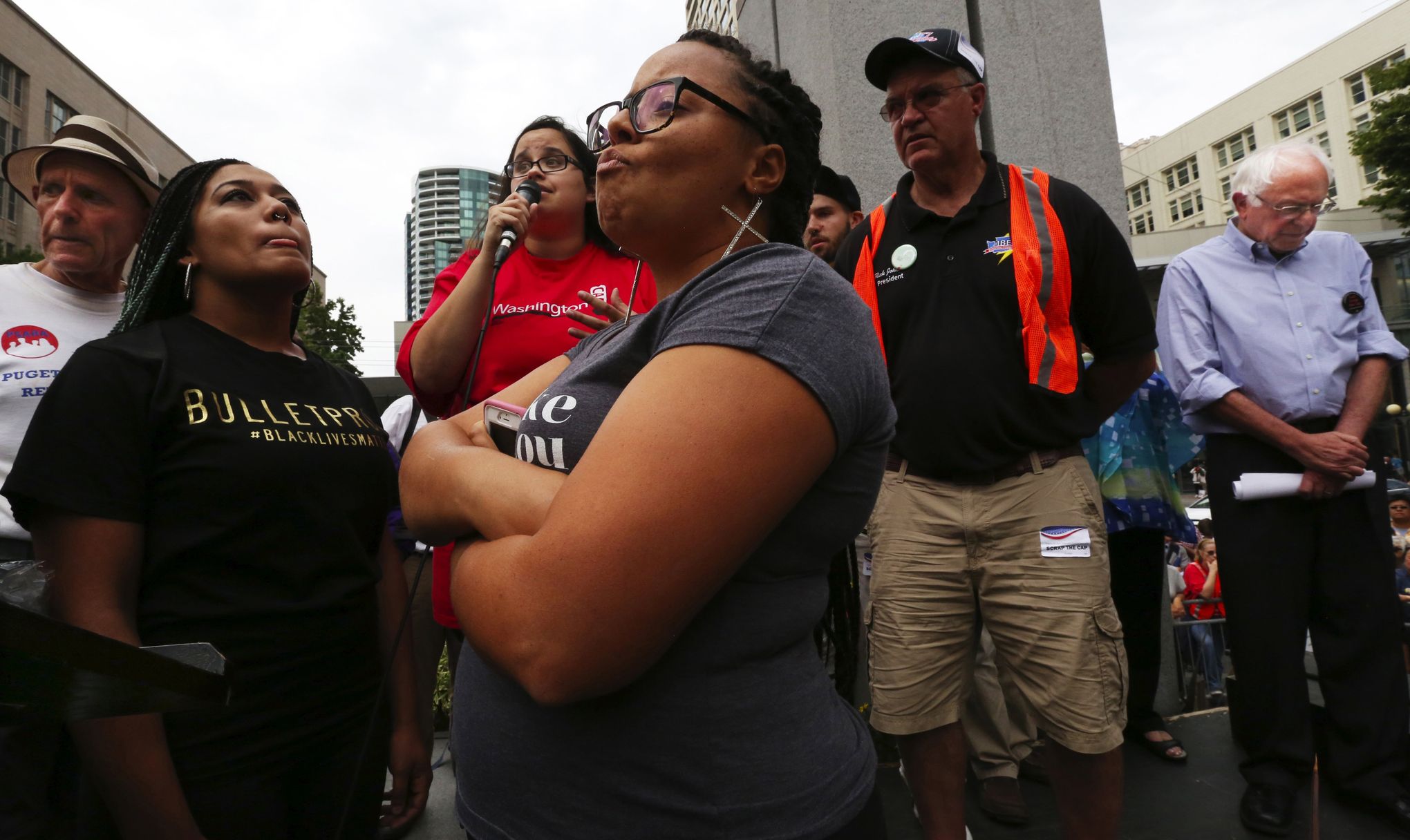Wokeness in Retrospect
In The Origins of Wokeness, Paul Graham outlines the rise and fall of the second wave of political correctness. He reports that the first wave took place throughout the 90s, and the second wave throughout the 2010s. I wasn’t around for the first wave, but I was for the second.
I should first make it clear that woke is an AAVE word that is almost 100 years old, but has since been repurposed. Regardless, “woke” is currently the designated term for this 2010s wave of political correctness.
Additionally, it seems “woke” is currently undergoing another semantic shift. With terms like dark woke, we are seeing signs of a post-ironic reclamation of wokeness.
So in short: woke in AAVE originally meant “social consciousness”, then was adopted by white progressives, then became a pejorative for progressivism, and is now being reclaimed by the left (with a meaning that is yet to be fully determined). So while the era of woke political correctness may be in decline, the usage of the term will likely continue.
Is it actually dying?
I have observed several examples of woke decline:
Offensive language
The central force of wokeness is word taboo. This is the ever-growing list of prohibited language. While taboo is an inherent feature of all languages, linguistic orthodoxy is one of the primary symptoms of political correctness.
But recently, we have seen a resurgence in derogatory terms like “gay” and “retard”, which have now become somewhat accepted on the left. For example the highly influential dirtbag left rejected political correctness on an anti-liberal basis, permitting offensive humour and usage of these more benign slurs.
Cancel culture
Another core mechanism of wokeness is mob policing. Because political discourse has moved increasingly online, public shaming has become effortless and instant.
This too resulted in massive overextension and a subsequent backlash. Most netizens are now sceptical of cancellations and have assumed a policy of “innocent until proven guilty”.
Ideology
There are also some ideological propositions that failed to gain traction: prejudice plus power, cultural appropriation, neopronouns, microaggressions and safe spaces, to name a few. These new rules were unpopular because they were, ironically, oppressive.
Establishment
Woke became the establishment. Socially, and to some extent politically. This kind of defeats the purpose. Wokeness was supposed to fight power, but it became power.
Why is it dying?
A simple explanation is that wokeness purity spiralled to death. Extremists found new ways to virtue signal, and moderates were conditioned to accept new standards of virtue. This process predictably ended in a market correction.
What is next?
The left appears to be reevaluating political correctness and free speech, especially in light of recent events such as the proliferation of online safety legislation, the crackdown on Palestine Action, the cancellations related to the assassination of Charlie Kirk and the designation of antifa as a terrorist organisation.
My guess is that the left will become more pro-speech, more irreverent and generally more pragmatic. This will be in reaction to peak woke, but also as a defence against the rise of the far-right. It’s an open secret that the left eats itself and would rather critique power than actually have any. Purity testing will be thrown out once external threats become sufficiently obvious.
